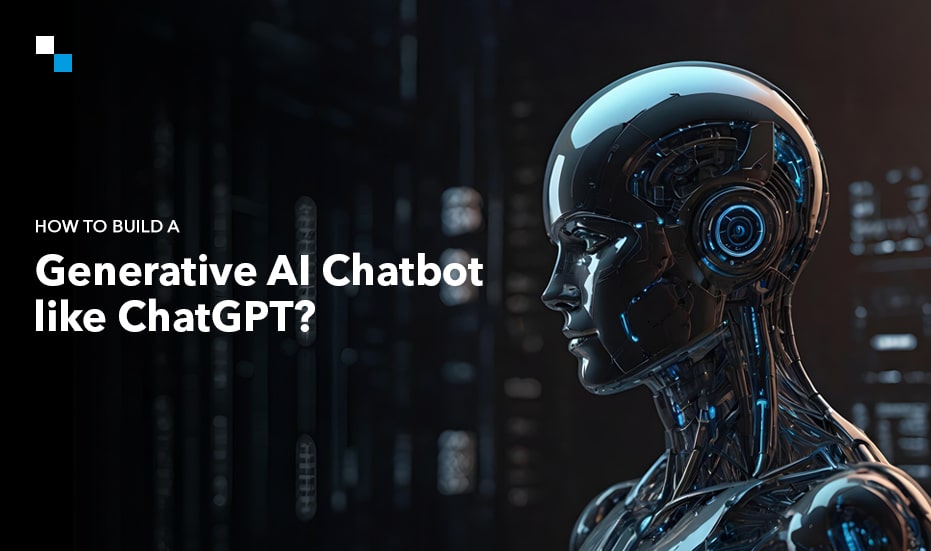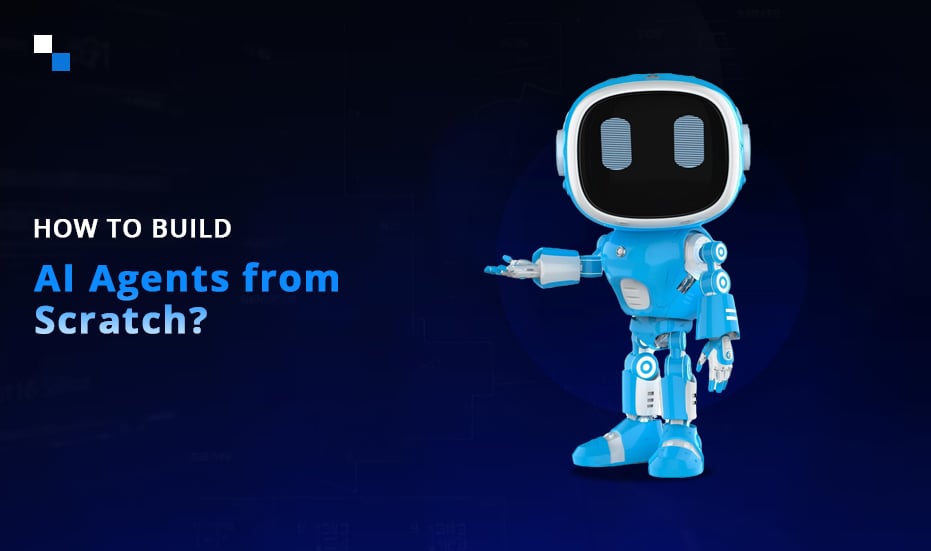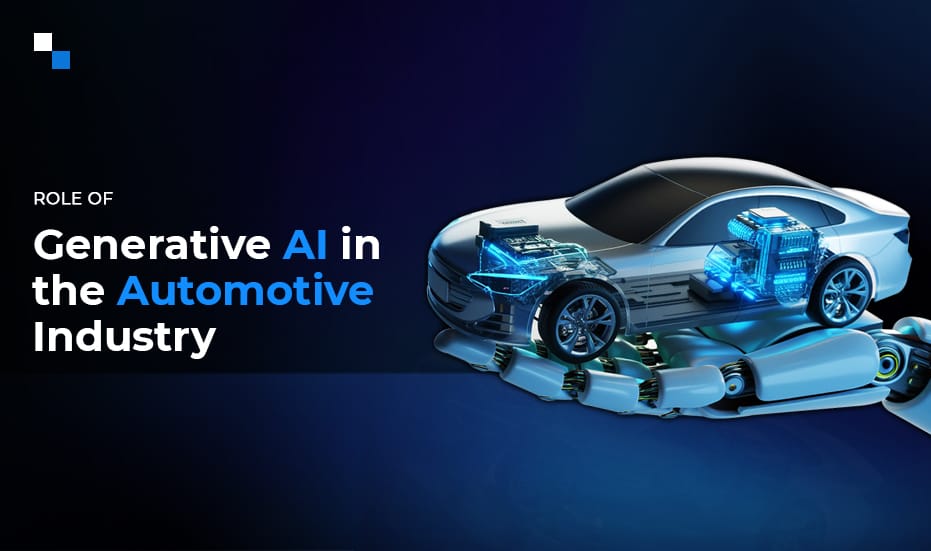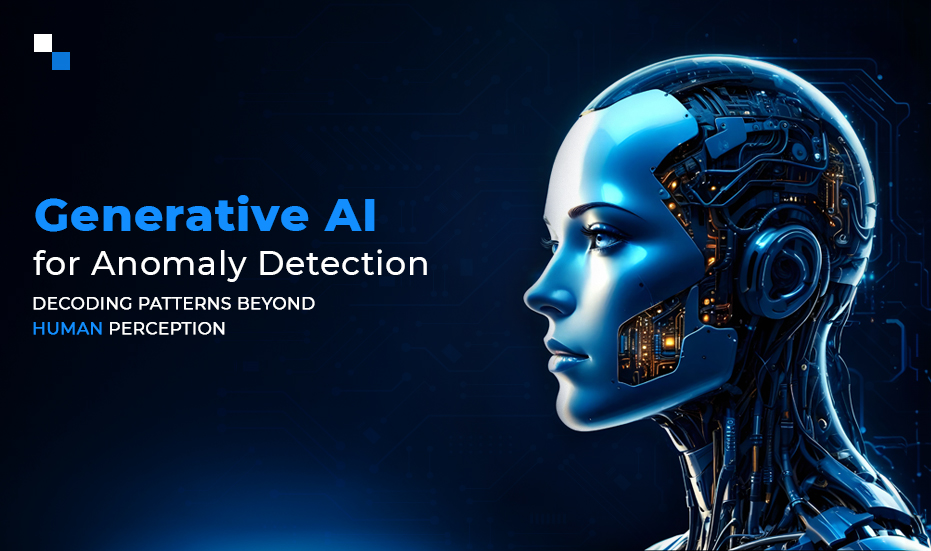
Understanding SaaS Tokenization: Revolutionizing Software as a Service
July 30, 2024
Why Launch a Game on Telegram Apps Center?
July 31, 2024The transformative impact of generative AI chatbots is undeniable. ChatGPT’s rapid user adoption is not an isolated phenomenon but a clear indicator of the escalating demand for generative AI chatbots. While Netflix took 3.5 years to reach its first million users, ChatGPT achieved this milestone in a mere five days, according to a report by Statista.
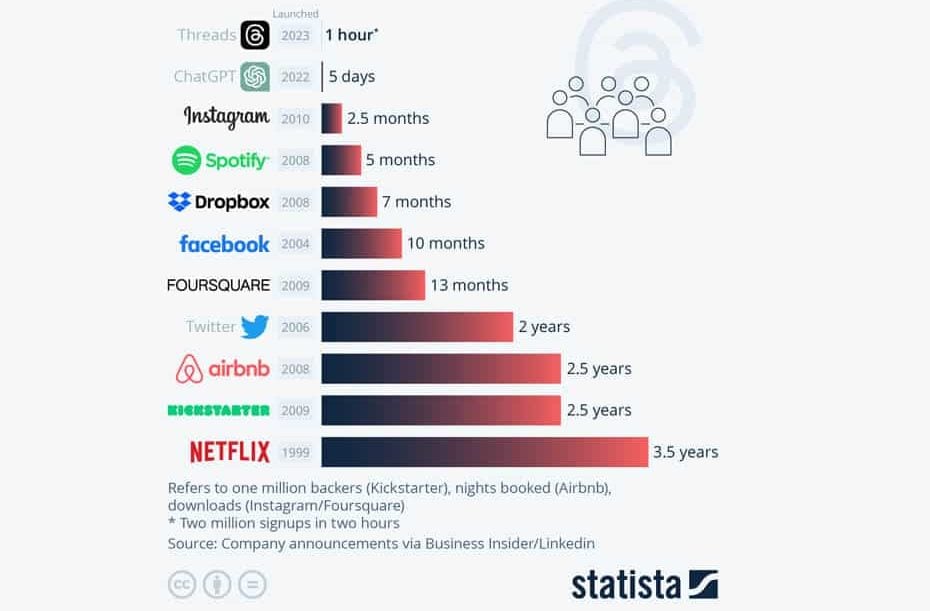
Since its launch, ChatGPT has continued to break records, with over 100 million active users engaging with the platform weekly. This stark contrast underscores the meteoric rise and immense potential of generative AI chatbots. So it is crunch time for businesses to make investments in generative AI chatbot development.
However, building a generative AI chatbot like ChatGPT from scratch could be a time-consuming task for budding entrepreneurs. This comprehensive blog sheds light on a comprehensive roadmap businesses must follow to develop a generative AI chatbot like ChatGPT.
Table of Contents
- Is It Profitable to Develop Your Own Generative AI Chatbot like ChatGPT?
- Core Components of a Generative AI Chatbot
- Generative AI Chatbot Development: The Step-by-step Procedure
- How Much Does it Cost to Develop a Generative AI Chatbot like ChatGPT?
- Ways to Mitigate Generative AI Chatbot Development Cost
- How Antier Help Businesses Create a Generative AI Chatbot Conveniently?
- Conclusion
Is It Profitable to Develop Your Own Generative AI Chatbot like ChatGPT?
Investing in generative AI Chatbot development presents a profitable opportunity for businesses aiming to innovate and grow in the future. Here are some reasons why creating a generative AI chatbot like ChatGPT will yield significant returns:
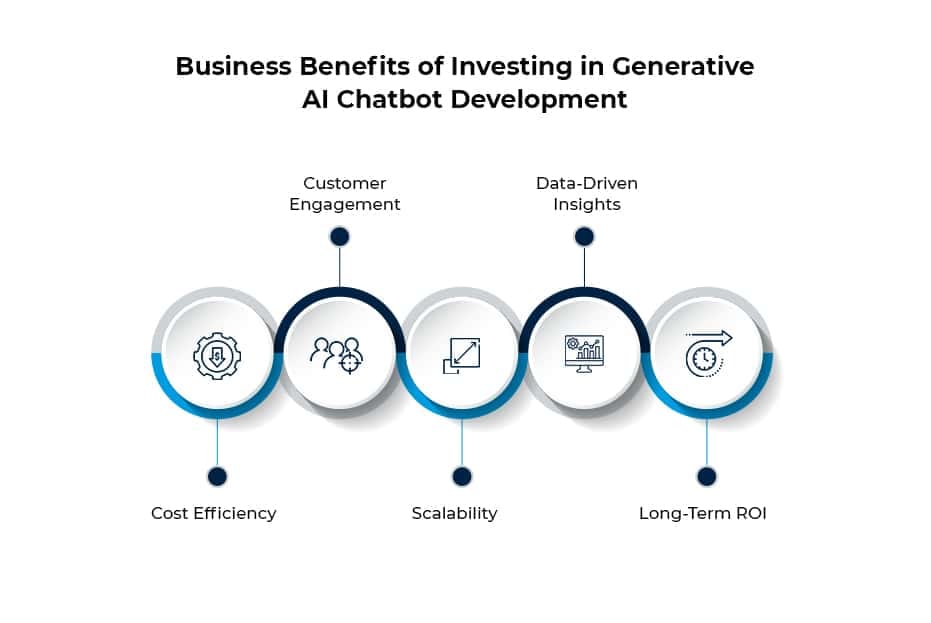 Cost Efficiency
Cost Efficiency
Creating a generative AI chatbot can substantially reduce operational costs. By automating customer service inquiries, lead generation, and routine tasks, businesses can lower the burden on human resources. This not only cuts labor costs but also improves response times and service quality.
Customer Engagement
Satisfied customers are more likely to become repeat buyers and brand advocates. Generative AI chatbots provide personalized 24/7 customer support which boosts customer engagement and satisfaction. GenAI chatbots can handle complex queries, offer tailored recommendations, and maintain seamless interactions, leading to higher customer retention rates.
Scalability
Generative AI chatbots offer unparalleled scalability. Whether a business is dealing with a surge in customer queries during peak seasons or expanding into new markets, GenAI chatbots can effortlessly scale to meet demand. Additionally, their flexibility allows integration with various platforms and systems which ensures a seamless and cohesive user experience across multiple touchpoints.
Data-Driven Insights
AI chatbots generate valuable data on customer behavior, preferences, and pain points. Analyzing this data can uncover actionable insights that inform business strategies, product development, and marketing campaigns. By leveraging these insights, businesses can make data-driven decisions that enhance customer experience and operational efficiency.
Long-Term ROI
While developing a custom generative AI chatbot entails an initial investment in technology, infrastructure, and expertise, the long-term return on investment can be substantial. The reduction in operational costs, coupled with enhanced customer engagement and retention, can lead to increased revenues that far exceed the initial expenditure.
Core Components of a Generative AI Chatbot
A generative AI chatbot comprises several interconnected components:
- NLU(Natural Language Understanding): Enables the chatbot to comprehend user queries and extract relevant information.
- NLG(Natural Language Generation): Facilitates the creation of human-like text responses based on the chatbot’s understanding.
- Dialogue Management: Manages the conversation flow, tracks context, and determines appropriate responses.
- Knowledge Base: Stores information that the chatbot can access to provide accurate and informative answers.
- ML(Machine Learning) Models: Power the chatbot’s ability to learn and improve over time.

Generative AI Chatbot Development: The Step-by-Step Procedure
Building a generative AI chatbot like ChatGPT requires a blend of advanced technologies, strategic planning, and iterative development. Here’s the step-by-step guide to creating a generative AI chatbot that meets the highest industry standards:
1. Define Your Business Objectives
Before embarking on generative AI chatbot development, it is essential to articulate clear business objectives that align well with broader organizational goals and drive the chatbot’s functionality.
- Core Competencies: Identify existing strengths in data science, machine learning, and natural language processing within your organization.
- Data Availability: Assess the quality and quantity of relevant data required for training the chatbot. Consider data privacy and security regulations.
- Infrastructure: Evaluate the computational resources and infrastructure needed to support model development and deployment.
- Integration: Determine how the chatbot will integrate with existing systems and applications.
- Return on Investment: Define metrics to measure the chatbot’s performance and impact on business outcomes.
2. Choose the Right AI Framework
Once you’re done with identifying your business objectives, the next step would be selecting an appropriate AI framework.
- Choose a suitable pre-trained language model (e.g., GPT-3, BERT) as a foundation.
- Fine-tune the model on your specific data to enhance performance.
- Experiment with different architectures and hyperparameters.
3. Collect Substantial Dataset
Data is the cornerstone of a successful AI chatbot. Follow these steps to ensure high-quality data collection.
- Data Sourcing: Gather diverse datasets relevant to your industry and use case.
- Data Cleaning: Remove any irrelevant or erroneous data to improve model accuracy.
- Data Annotation: Label the data to enhance the chatbot’s understanding of various contexts.
4. Start Your Training Loop
Training your generative AI model involves several crucial steps.
- Pre-training: Utilize pre-trained models as a foundation to save time and resources.
- Fine-tuning: Customize the model with your domain-specific data to improve relevance and performance.
- Iterative Testing: Continuously test the model with real-world scenarios to identify and rectify any shortcomings.
5. Implement NLP(Natural Language Processing) Techniques
Implement robust NLP techniques to enhance the chatbot’s ability to understand and generate human-like responses.
- Tokenization: Break down text into manageable pieces for processing.
- Sentiment Analysis: Enable the chatbot to gauge the sentiment behind user inputs.
- Named Entity Recognition: Identify and categorize key information from the text.
6. Work on User Experience Design
A successful chatbot must provide an intuitive and engaging user experience.
- Conversational Flow: Design natural and coherent conversational pathways.
- Personalization: Tailor interactions based on user preferences and history.
- Multimodal Interaction: Enable the chatbot to interact through text, voice, and visual interfaces.
7. Integration with Existing Systems
Ensure seamless integration of your AI chatbot with existing business systems.
- Integrate the chatbot with your existing systems and platforms.
- Deploy the chatbot in a production environment.
- Use APIs to facilitate communication between the chatbot and other software applications.
8. Ensure Continuous Monitoring and Maintenance
Continuous monitoring and maintenance are essential for optimal performance.
- Performance Metrics: Track key performance indicators such as response time, accuracy, and user satisfaction.
- Regular Updates: Keep the chatbot updated with the latest features and improvements.
- Feedback Loop: Collect user feedback to identify areas for enhancement and iterate accordingly.
How Much Does it Cost to Develop a Generative AI Chatbot like ChatGPT?
Developing a generative AI chatbot like ChatGPT involves significant investment and strategic planning. Here are some crucial factors that influence the cost to create a generative AI chatbot like ChatGPT:
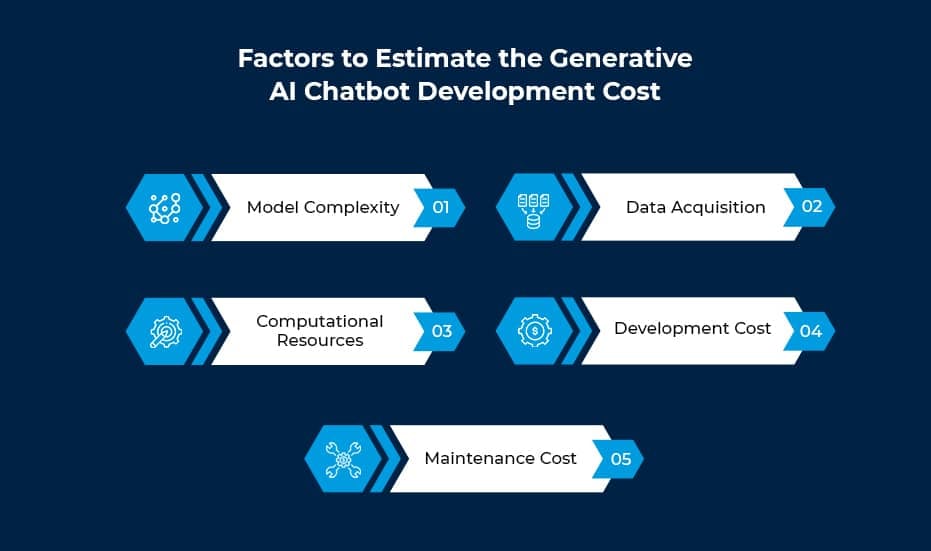
-
Model Complexity
Developing a foundation model from scratch, similar to GPT-3, is an exceptionally resource-intensive and costly process. On the other hand, leveraging pre-trained models and fine-tuning them for specific use cases can significantly reduce costs. Larger models, while offering enhanced performance, demand greater computational resources and training data.
-
Data Acquisition
High-quality, diverse, and extensive datasets are indispensable for training robust AI models. Acquiring, cleaning, and preparing such data can be time-consuming and expensive. Data can be sourced from public datasets, proprietary databases, or generated in-house. Each source has different cost implications.
-
Computational Resources
Training and running large language models necessitate powerful hardware, such as GPUs and TPUs. The cost of acquiring or renting such infrastructure can be substantial. Moreover, utilizing cloud platforms like AWS, GCP, or Azure can provide flexibility but comes with associated costs, including compute, storage, and network bandwidth.
-
Development Cost
Assembling a team of AI experts, including data scientists, machine learning engineers, and natural language processing specialists, is essential to create a generative AI chatbot. Hiring top talent or a renowned generative AI development company can be expensive.
-
Maintenance Cost
Once developed, the chatbot needs to be deployed on a reliable infrastructure. Costs include server maintenance, network security, and monitoring. Moreover, AI models require ongoing updates and fine-tuning. Budgeting for these activities is crucial.

Ways to Mitigate Generative AI Chatbot Development Cost
While developing a generative AI chatbot like ChatGPT can be expensive, several strategies can help mitigate costs:
- Leverage Pre-trained Models: Fine-tuning existing models can be more cost-effective than building from scratch.
- Optimize Data Usage: Focus on high-quality data and employ data augmentation techniques to maximize efficiency.
- Cloud-Based Infrastructure: Consider using cloud platforms for flexibility and cost optimization.
- Open-Source Tools and Frameworks: Utilize free or low-cost open-source options.
- Phased Approach: Break down the development process into phases to manage costs and risks.
- Hire a Reputed Generative AI development company: Consult a top-tier generative AI development company to get all generative AI chatbot development services under one roof.
How Antier Help Businesses Create a Generative AI Chatbot Conveniently?
Here’s how Antier, a trusted generative AI development company creates generative AI chatbots with ease and efficiency:
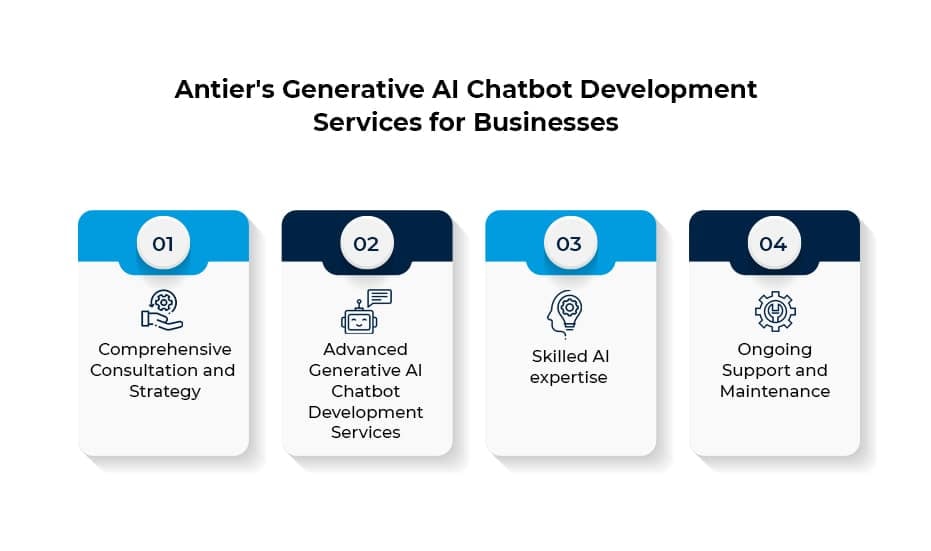
Comprehensive Consultation and Strategy
Antier begins with a thorough analysis of your business requirements, objectives, and pain points. This ensures that the chatbot solution is tailored to your specific needs. Based on the analysis, Antier develops a detailed strategy that outlines the development process, timeline, and milestones.
Advanced Generative AI Chatbot Development Services
Antier offers a myriad of generative AI chatbot development services to its global clientele clients such as Custom Generative AI Model Development, Generative AI Model Replication, Generative AI Model Fine Tuning, Generative AI Model Integration
Skilled AI expertise
Antier’s team includes seasoned generative AI chatbot development experts and researchers who bring deep expertise to the development process. Antier’s software engineers are adept at developing the necessary infrastructure and integrating the chatbot with your existing systems.
Ongoing Support and Maintenance
Antier provides regular updates and improvements to ensure the chatbot remains up-to-date with the latest advancements and business needs. The chatbot’s performance is continuously monitored, with proactive measures taken to address any issues promptly.
Conclusion
Investing in the development of a generative AI chatbot like ChatGPT presents a lucrative opportunity for businesses aiming to innovate and grow in the foreseeable future. By following a structured approach, leveraging appropriate technologies, and addressing potential challenges, enterprises can create powerful chatbots that drive customer satisfaction, operational efficiency, and business growth. As AI technology continues to evolve, businesses that embrace generative AI chatbots will be well-positioned to capitalize on emerging trends and drive sustained profitability.
